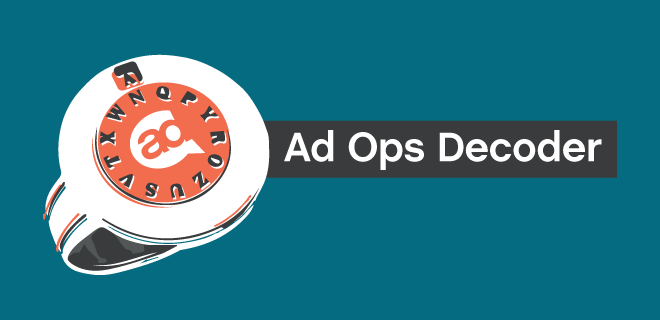
Exchange Bidding in Dynamic Allocation is, in a nutshell, Google’s answer to header bidding. It’s a server-side solution where exchanges and SSPs can bid on publisher inventory along with Google’s AdX in a unified auction. Now, to understand why that matters, we’re going to have to walk back a few steps.
Dynamic Allocation is a function within DoubleClick for Publishers that basically allows AdX to compete with publishers’ direct sales teams—if AdX can fetch a higher bid than whatever your direct channels is getting, that’ll determine which ad gets served. That wasn’t terribly helpful to other exchanges and SSPs, who had to wait until direct deals were sold, too.
That’s where header bidding came in. You have Google operating an extremely broadly utilized ad exchange (AdX) and an extremely broadly utilized ad server (DoubleClick for Publishers, or DFP). That arrangement puts Google at an obvious advantage. Plenty of people have called it a monopoly, and while that’s an arguable distinction, it’s at the very least a hegemony. Header bidding was an attempt to get around Google, a way for publishers to invite other partners to bid on their inventory before AdX, and to get a more accurate read on the true market value of their inventory.
Google wasn’t about to let the ensuing header craze simply pass by. That’s where EBDA entered, launching in beta in April 2016. With EBDA, publishers could invite other exchanges or SSPs they know and trust into Dynamic Allocation. Everyone gets to bid.
Initially, to publishers’ chagrin, Google still held onto last-look privileges in EBDA—the opportunity to scope out the highest bid and bid higher before sending a request to DFP. Back in March 2017, though, Google announced it was giving up “last look” in EBDA, creating a unified auction. The perception at the time was that the move toward a unified auction was a carrot to publishers and other demand partners wary of getting involved with EBDA.
But there’s still a great deal of hesitancy among publishers to get in on EBDA. As we said, it’s a server-side auction. The upside is that server-side solutions are fast, not prone to the latency publishers often see by dropping partner tags in the page header. The downside is that it server-side solutions give a lot of control to whoever manages the connection, and in the case of EBDA, there are widespread concerns that it’s a data black box. Publishers say they don’t know how AdX is actually bidding in EBDA, or how all bids are being managed in what’s supposed to be a unified auction.
There are also some concerns among ad tech vendors is that DSPs need to go through exchanges to bid in EBDA. That leads to tech vendors paying extra fees to other tech vendors just to get in on the EBDA action, putting those companies at an inherent disadvantage against AdX.
EBDA just launched in open beta last week. We’ll see whether publishers move to embrace it now, or whether they’ll demand more transparency from Google first.
AdMonsters Resources
Last Stand for Google’s “Last Look:” What’s Next?
Ad Ops Decoder: What Is Server-to-Server?
Gotta Stay on the Page: An Interview With Index Exchange’s Alex Gardner
New Vision for the Header: A Conversation With PulsePoint
Header Bidding’s Not Dead… Yet